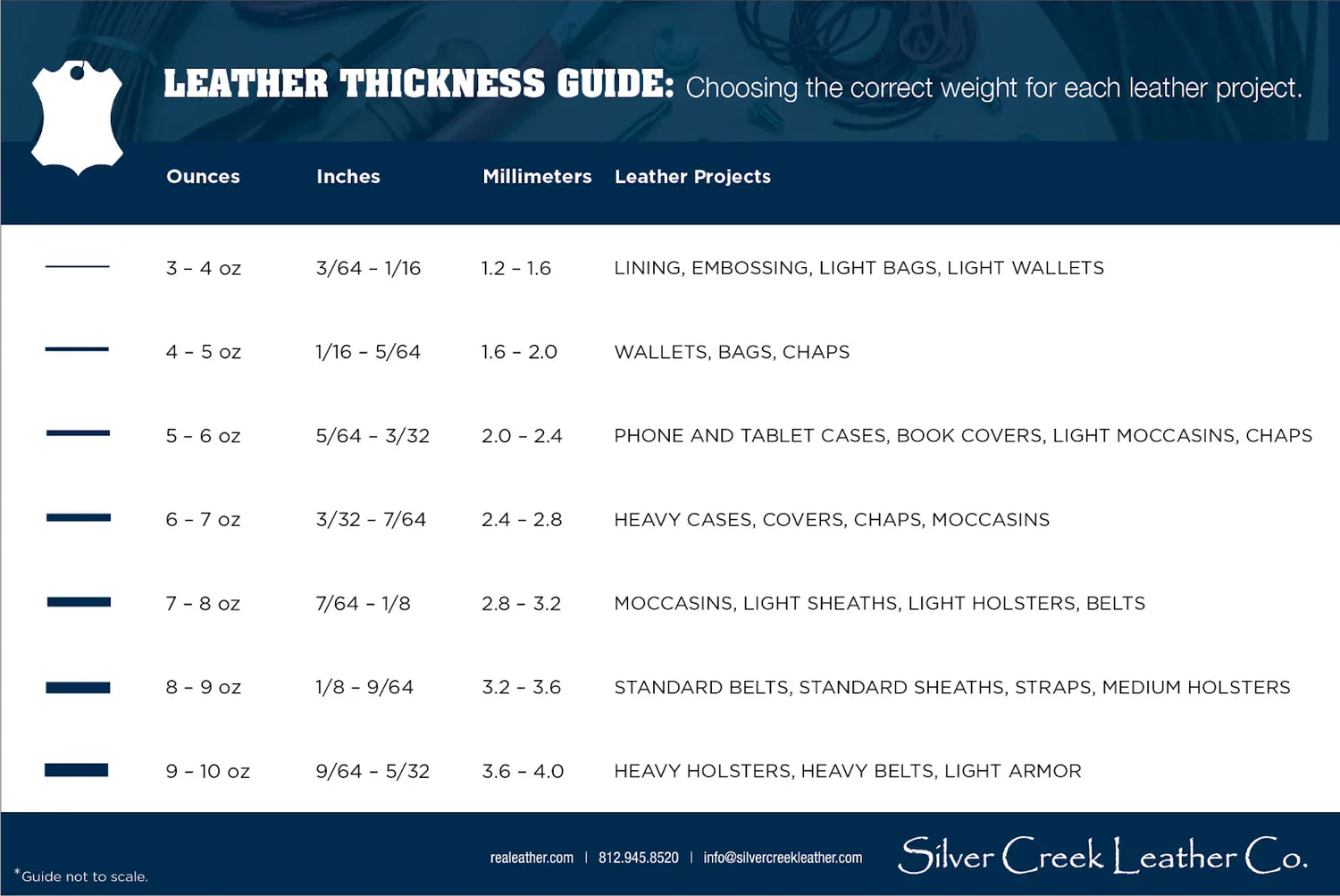As laser cutting leather increases in popularity, more and more makers have discovered how rewarding it is to work using their desktop lasers to make wallets, hat patches, and more. You can also avoid costly leather laser engraving services when you learn how to laser cut leather at home. Although this is still a relatively new and evolving method of leathercraft, we wanted to share some insights on commonly asked questions:
What is the best laser to use for cutting leather?
Laser cutting leather requires a high-energy laser as leather is a tough material with good heat resistance. A CO2 laser with a power rating of over 40W is recommended for cutting leather because of its ability to perform through cuts in a single pass with minimum edge burns.
Laser cutters show the best results for cutting and engraving natural leathers like vegetable-tanned leather, full-grain leather, and top grain leather, although they can be used with suede, chrome tanned leathers, and other authentic cowhide leathers.
Note: It is generally not recommended to use synthetic or faux leathers as many of them contain vinyl or PVC. Laser cutting any material with PVC content produces fumes of hydrochloric acid that are harmful to health and can be corrosive to the machine.
What are the best leathers to use with my laser cutter?
A better question is, what are you trying to make? Are you trying to laser cut a leather wallet or laser cut leather earrings? The thickness of leather will likely be determined by the project you are working on, so here’s a quick reference guide for context:

This is not comprehensive nor absolute, but rather a quick reference to get you started.
It’s also important to note that the thickness or type of leather that you try to use may be limited by the laser that you have. There are a number of different brands, most with multiple models, each with different wattages of lasers. As there is not a general answer for this, it’s best to consult your user's manual.
Is chrome tanned leather toxic when cut with a laser?
While there is not currently any publicly published research on the topic, privately funded research done by the Leather Research Laboratory at the University of Cincinnati found that hexavalent chromium was not formed due to the cutting or etching process. When laser cutting chrome tanned leather, as with any cuttable surface, a well-ventilated system is always the safest resolution and should alleviate any concerns.
How can I prevent burn marks or scorching on my leather when cutting with a laser?
As with any laser cutting method, success often comes from trial and error when using your specific machine and learning the settings. Several of our customers have reported that dampening vegetable-tanned leather before laser cutting can significantly reduce the leather burn that can come from a laser. Similarly, masking the leather can help with that as well.
Looking for more information on how to laser cut leather? Check out our recent collaboration with Kim & Garrett Make It, where they demonstrate how to use a Cricut, XTool, and Glowforge for their leather projects.


